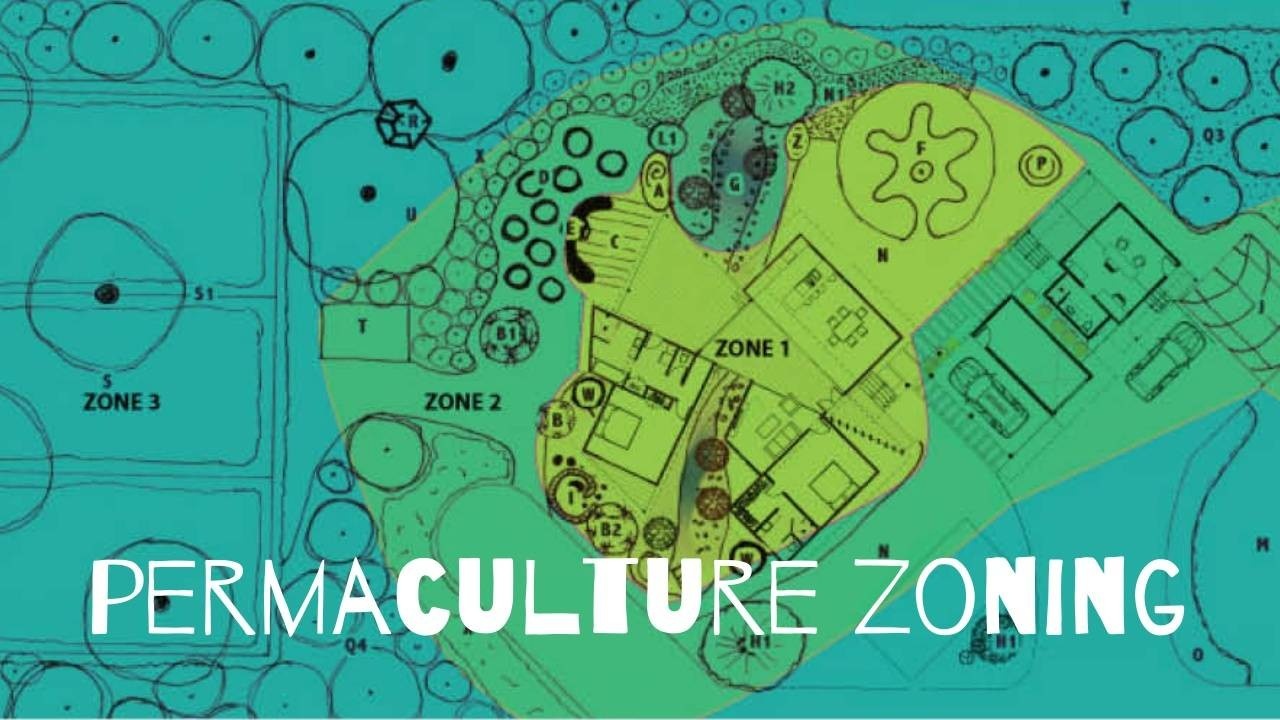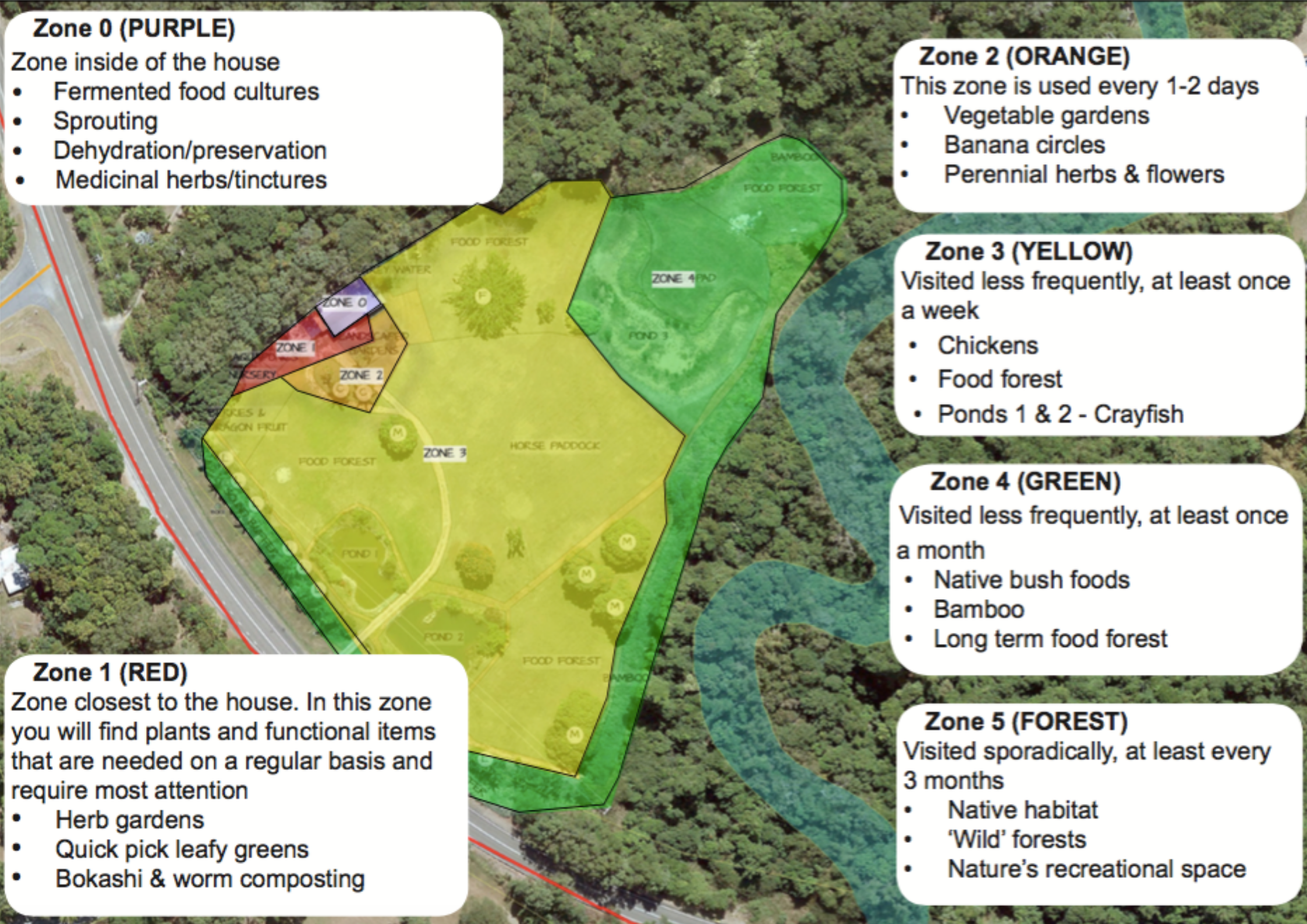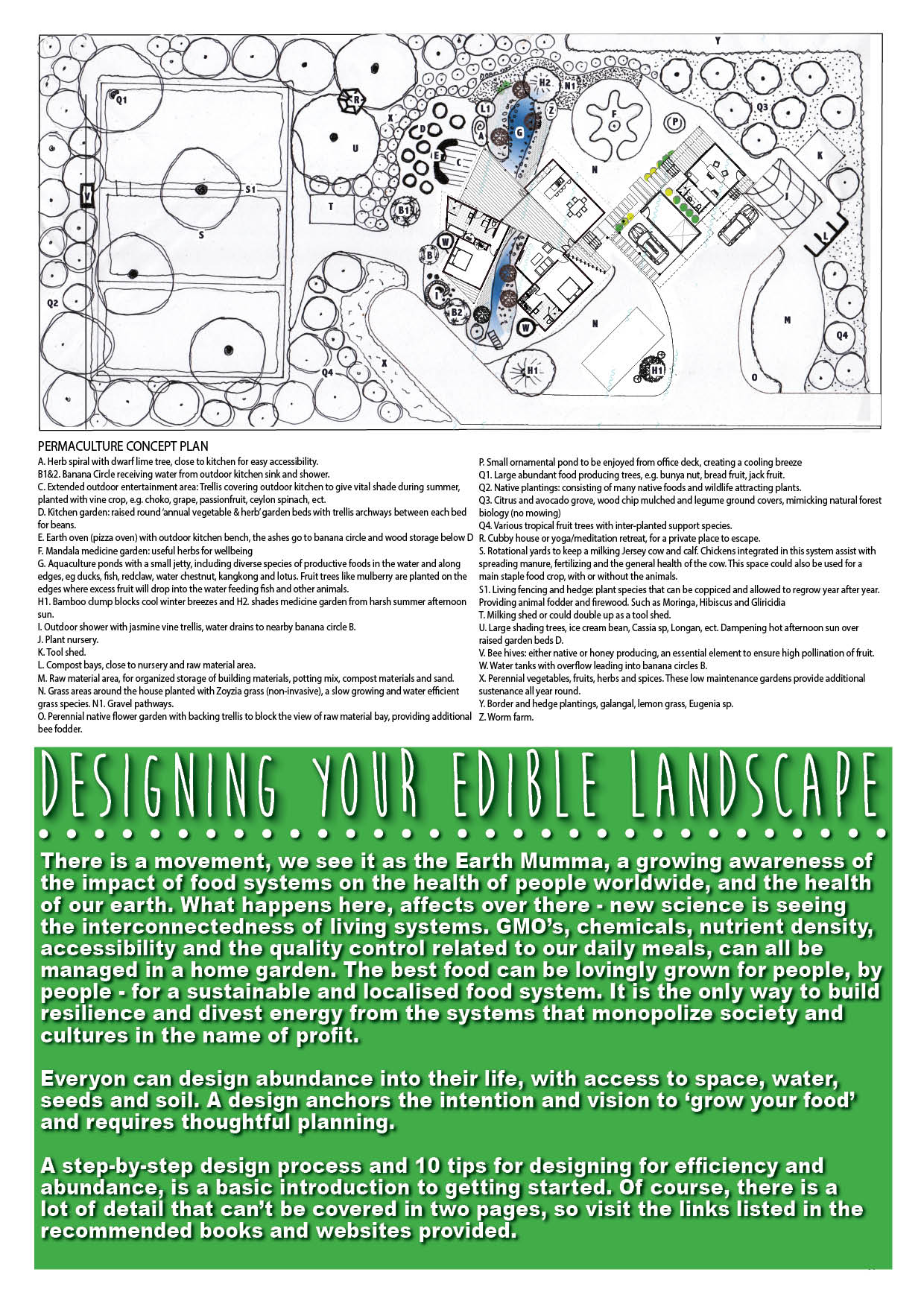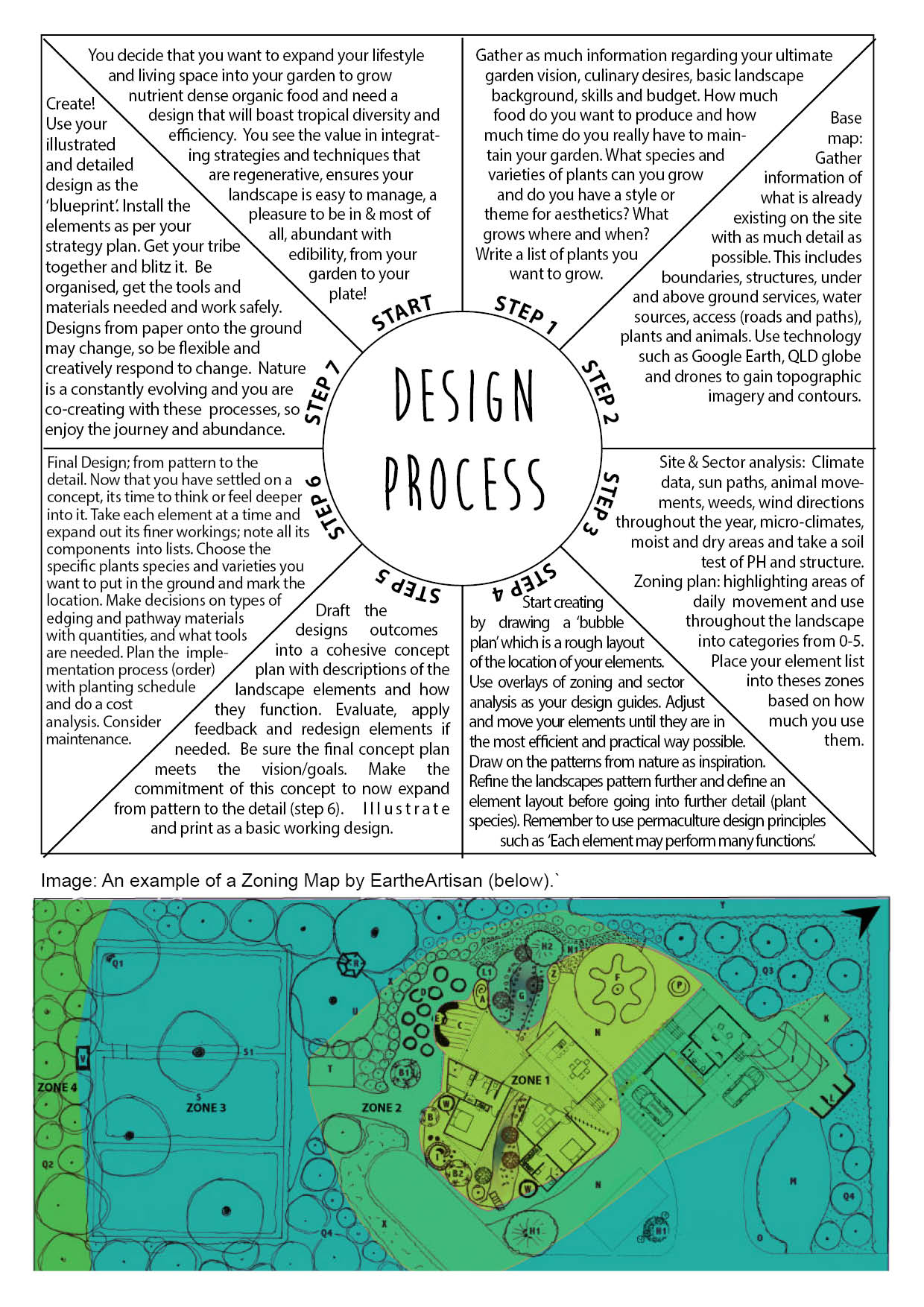The Placement of Landscape Elements Matters! Are you in the Zone?
Apr 21, 2022
Here or there...where and why?
Landscape Zoning
In permaculture design, 'Zoning' is a big part of the design consideration. By bringing awareness to 'zones' or areas based on how often we visit them, we can design elements into suitable locations to create a harmonious flow along access pathways and for time efficiency.
Elements, known landscape features, can be supported by other elements/features for greater effect if located together, such as an integrated chicken coop with water harvesting tanks, worm farms and food forest connections.
Identifying your Zones
Identifying zones in the initial design phase helps with planning the appropriate location to make the most sense with each element and energy flow; your movement and that of the natural energy flows of water, earth/soil, wind and fire/sun.
Visits per day and best elements to place there...
The term 'zoning', refers to the areas of use defined by the number of visits per day, which is a reflection of the amount of energy needed in one particular area. This will always be related to the 'elements' located in these zones.
'Elements' are landscape features like;
- Chicken coops
- Vegetable gardens
- Fruit trees in a food forest or orchard
- Water storage tanks
- Aquaculture ponds
- Duck ponds
- Dams/Natural Swiming ponds
- Fences/Gates
- Car parking
- Nursery
- Horse or cow shed and fencing
- Animal grazing areas
- Anything else you want to include; grass area to play, swimming pools, trampolines/play areas, fire pits etc.
The list could go on, depending on your property land size, your lifestyle activities, and the time available to manage and maintain each element.
From Site Analysis to Zoning Plan
Before defining the zones of any property, we gather the information of the site first to figure out how the land/area is already utilised and conduct a sector analysis to identify the incoming natural energy flows and their movement across the landscape.
Knowing the bigger vision and all necessary elements needed to 'obtain a yield' (another principle) to be included in the final design will assist with the layout appropriate to each zone.
It is helpful to illustrate with specific colours and write the elements included for each zone as this will change depending on the person and the landscape.
 Image: Zoning example for a rural property. The zoning plan includes visitation information and elements included.
Image: Zoning example for a rural property. The zoning plan includes visitation information and elements included.
From Pattern to Detail
Design from "Pattern to Detail" is a permaculture principle that relates to zoning. We observe, then illustrate the 'pattern' of daily visits/energy use of an area and then illustrate this in a 'zoning map'. This map becomes an overlay tool to then locate the landscape elements in the appropriate area of energy use, known as the concept plan (example image below).
So, what does efficient zoning and placement of elements look like?
You can literally walk along the path to your chicken coop, feed the hens, and top up their water containers with the water tank full of rainwater - collected via the coop roof. Once they are taken care of, collect the eggs, grab a few greens growing along the fence-line to drop in the worm farm to keep their content, in exchange for wonderful worm tea, which you can add to the herb garden on your way back to the house.
Fill your harvest basket with fresh herbs, tomatoes and beans for your omelette, a bunch of spinach greens for the smoothie - all within the 5 minute round trip! Legs stretched, deep breaths of fresh air, nutrient-dense food ready to prepare and happy animals!
This is just one scenario, a common one from a suburban block that has been designed using permaculture strategies and techniques. Of course, the more land, the possibility of more elements. But you need the time to interact with and manage them too. Busy people working full-time jobs won't be able to manage acres of abundant food-producing plants and animals. It is a lifestyle - and living on the abundance of your land can be a full-time job! An alternative to this is supporting local farmers and small-scale producers to produce the local, seasonal and nutrient-rich food for you! An example of our permaculture concept plan (above) is featured in the Incredible Edibles Tropical Superfoods Guide.
An example of our permaculture concept plan (above) is featured in the Incredible Edibles Tropical Superfoods Guide.
Our 7 Step Design Process
Each step requires a lot of observations, feedback, research and planning...but it is always worth it. Check out the image below. This is just an introduction and another blog will be written with more detail about our design process. Zoning plans happen in step 3! So, are you in the Zone? The Placement of Landscape Elements Matters!
So, are you in the Zone? The Placement of Landscape Elements Matters!
We teach the how-to and give real-life examples in our 2-day Intro to Permaculture Course so you can DIY, or if you want our expertise, my beloved @eartheartisan can come to you for consultation on site.
Like the images/information? These are just some of the information pages within the Incredible Edibles Tropical Superfoods Guide so grab a copy!









